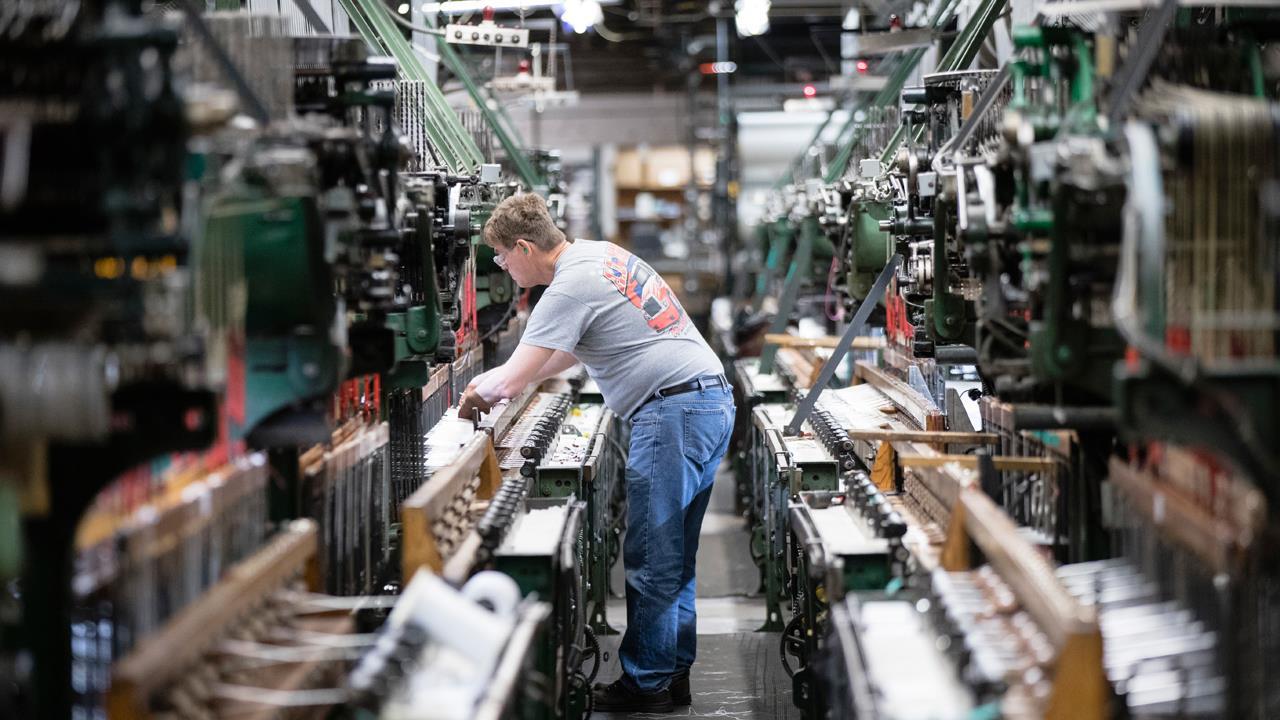This demographic group earns more than any other
Married men make higher salaries than single individuals of their own gender, and women, a new study showed.
The Federal Reserve Bank of St. Louis released data detailing wages among men and women with at least a high school diploma, concluding that married males far outearn any other group.
For example, the average 40-year-old married male made around $80,000, compared with more than $40,000 for single women of the same age, and about $50,000 for single men and married women. The lack of a material difference between the earnings of single (never married) versus married women is an indication that getting married and having children may not be a sufficient explanation of the wage gap, the researcher wrote.
Single men also earned about the same as single and married women.
The St. Louis Fed pointed out that it could be the case that high-earning males were more likely to marry, and not that marriage dictated wage potential.
Part of the disparity among males (though not females) could be explained by the fact that men with higher educations – and potentially increased earning power – have a greater propensity to tie the knot.
In 2015, for adults ages 25 and older, those with a four-year college degree had a marriage rate of 65 percent, compared with 55 percent for those with some higher education and 50 percent for individuals with only a high school diploma, according to The Pew Research Center’s analysis of U.S. Census Bureau data. For all education categories, the marriage rate was above 65 percent just 25 years ago, the report noted.
Marriage has also been shown to bring financial benefits both at the individual and governmental level.
Tying the knot, first and foremost, increases the economic viability of the couple, according to a 2014 study by Robert Lerman and Bradford Wilcox.
“We estimate that the growth in median income of families with children would be 44 percent higher if the United States enjoyed 1980 levels of married parenthood today,” the study found.
Higher marriage rates are also linked to more economic success and less violent crime at the state level, according to research by Joseph Price, Lerman and Wilcox. The 2015 report documents a positive correlation between marriage and economic growth and mobility, while concluding marriage also decreases the risk of children growing up in poverty.
“In America, the wealth of states is clearly tied to the state of their marital unions,” Price, Lerman and Wilcox concluded.
In total, 50 percent of U.S. adults were married as of 2016, according to Pew. That is down from a peak of 72 percent in 1960.




















